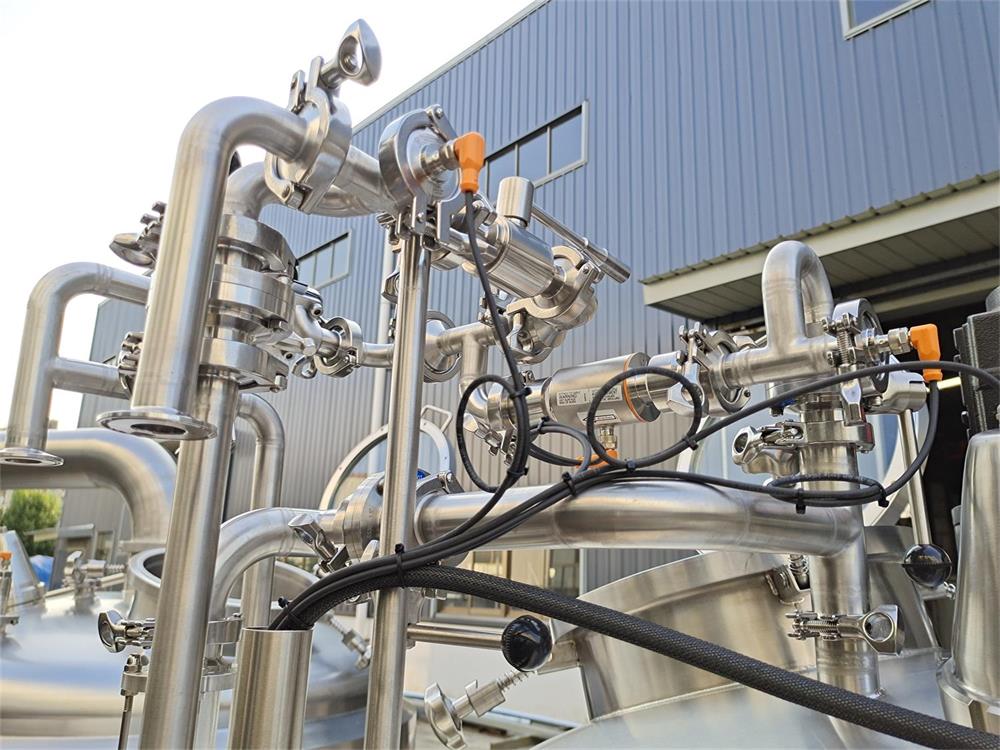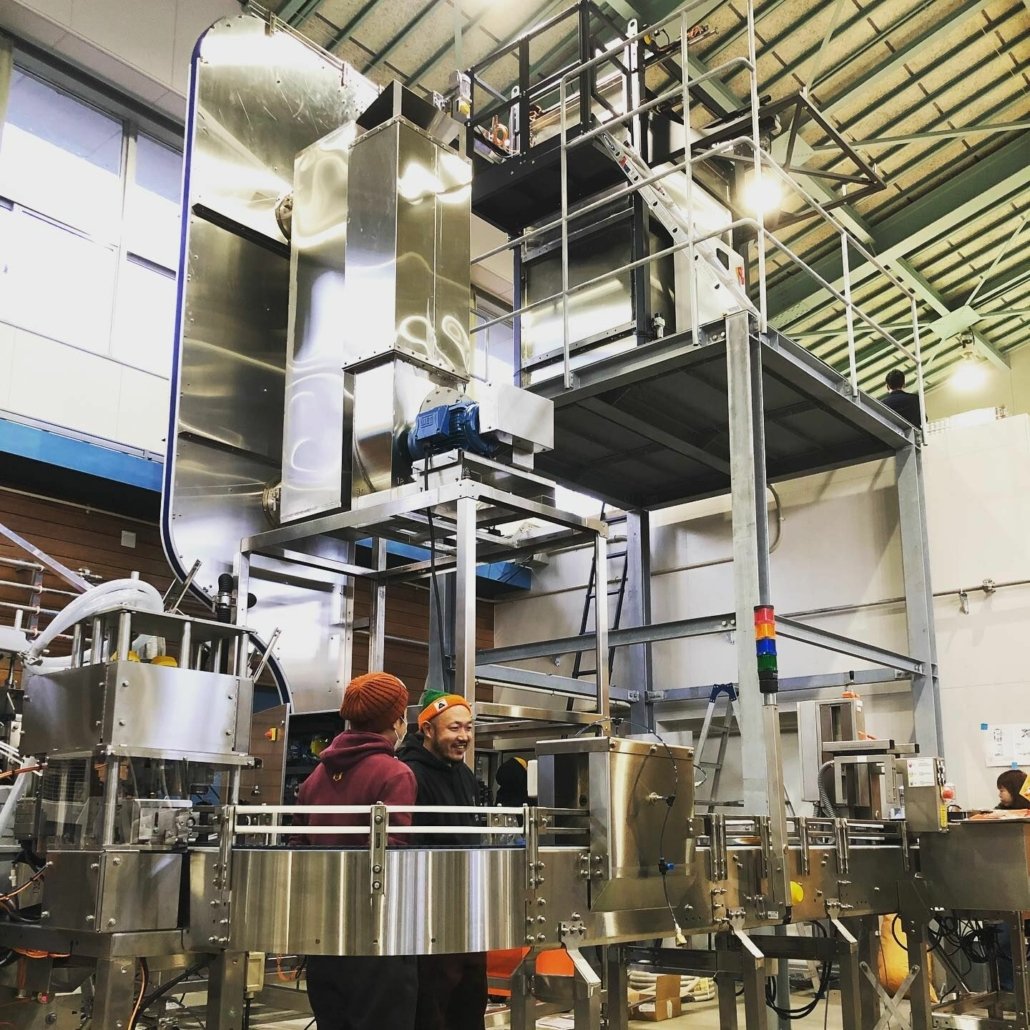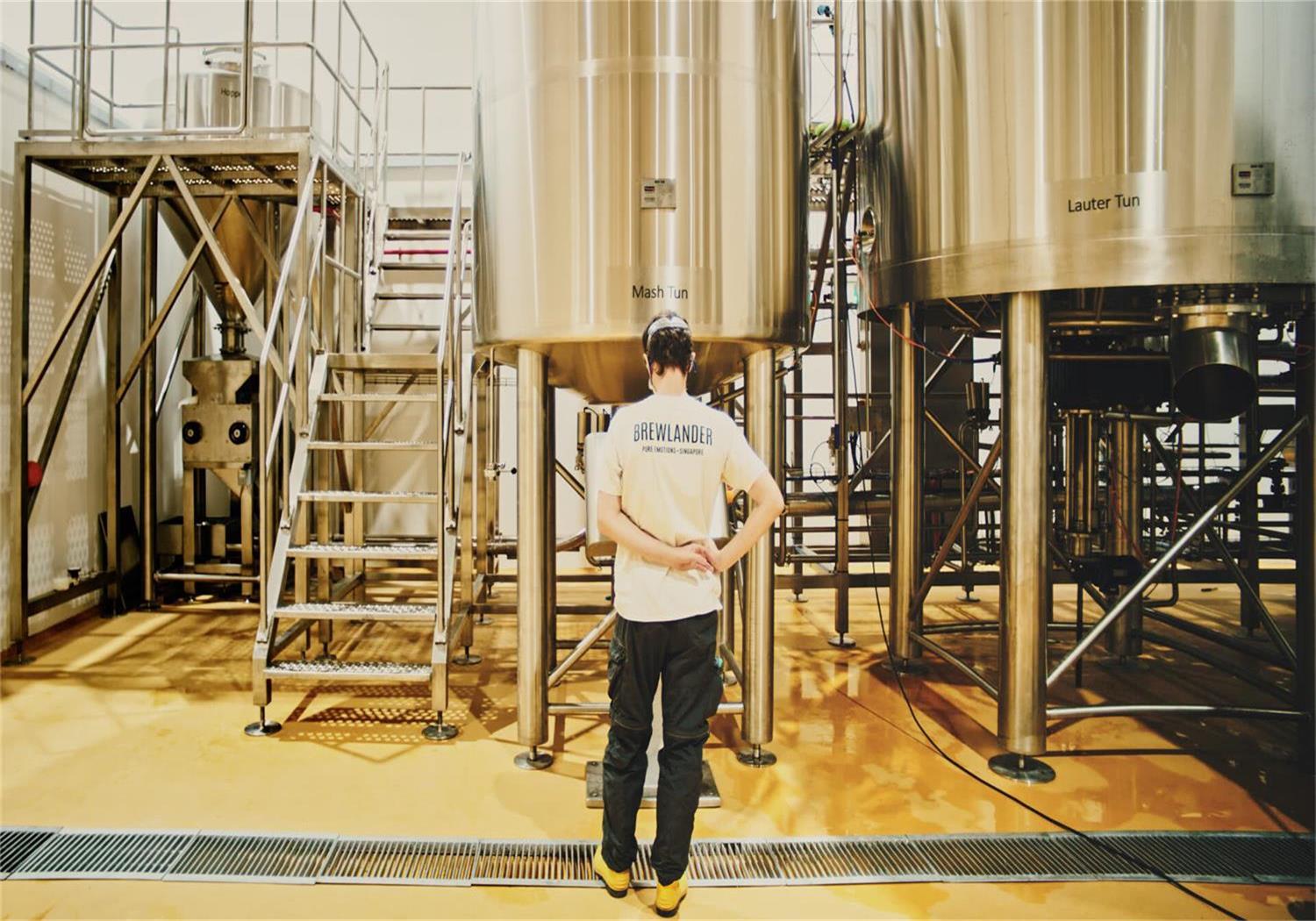Affordable Brewing Equipment
Brewing your own beer at home can be a fulfilling hobby or a stepping stone into the world of professional brewing. But here’s the thing: equipment can be expensive—unless you know how to navigate the market for cheap brewing equipment. Whether you’re a beginner, an enthusiast, or starting small-scale production, this guide will walk you through everything you need to know. We’ll dive deep into equipment types, prices, suppliers, customization, and maintenance, ensuring you can make informed decisions without breaking the bank.
Overview of Brewing Equipment for Budget-Conscious Brewers
Affordable brewing equipment doesn’t mean compromising quality. Instead, it’s about prioritizing functionality, durability, and scalability. Whether you’re using a basic homebrew kit or sourcing budget-friendly industrial options, you can still produce fantastic beer.
Why Choose Cheap Brewing Equipment?
Let’s be real—brewing can get pricey quickly. But starting with cost-effective options allows you to explore the process, experiment with recipes, and scale up as needed. Plus, modern manufacturing means even budget-friendly equipment often has reliable features. Think of it like driving a compact car before upgrading to a luxury SUV—it gets the job done without emptying your wallet.

Essential Brewing Equipment: A Detailed Guide
Here’s a rundown of the primary equipment you’ll need to brew beer on a budget. Each piece serves a specific purpose, so understanding its role can help you decide what to buy, upgrade, or DIY.
Brewing Kettle
The brewing kettle is the heart of your setup. It’s where the wort (unfermented beer) comes to life. Opt for stainless steel options for durability, but aluminum works fine for tight budgets.
Fermentation Vessel
Your wort needs a place to ferment. Plastic buckets with airtight lids are budget-friendly options. For those who want a professional touch, consider glass carboys—they’re slightly pricier but visually appealing and easy to clean.
Airlocks
Airlocks prevent contamination while allowing carbon dioxide to escape during fermentation. A simple S-shaped airlock costs just a few dollars and works like a charm.
Hydrometer
A hydrometer measures the specific gravity of your brew, helping you track fermentation progress and calculate alcohol content. Essential for any brewer, it’s an affordable tool often included in starter kits.
Bottling Equipment
Once your beer is ready, you’ll need bottles, caps, and a capper. Reusing cleaned bottles from commercial beers can save money. Invest in a sturdy capper for long-term use.
Brewing Equipment Types and Features
| Equipment | Function | Budget Options | Pros | Cons |
|---|---|---|---|---|
| Brewing Kettle | Boils wort, extracts flavors from ingredients | Aluminum kettles ($20-$50) | Lightweight, heats quickly | Less durable than stainless steel |
| Fermentation Vessel | Holds beer during fermentation | Plastic buckets ($10-$30) | Affordable, easy to use | Can retain odors |
| Airlocks | Prevents contamination | S-shaped airlocks ($2-$5) | Cheap, effective | Fragile, easy to lose |
| Hydrometer | Measures specific gravity | Basic models ($5-$15) | Accurate, reusable | Requires careful handling |
| Bottling Equipment | Prepares beer for storage | Manual bottle capper and caps ($20-$40) | Cost-effective, simple | Time-consuming |
How to Brew on a Budget: The Brewing Process
Brewing beer is both an art and a science, and even with affordable equipment, you can achieve impressive results. Here’s a simplified step-by-step guide to brewing on a budget:
1. Preparation
- Clean your equipment thoroughly to avoid contamination.
- Prepare your ingredients: malt extract, hops, yeast, and water.
2. Boiling
- Use your brewing kettle to boil water and add malt extract.
- Introduce hops at different intervals for bitterness and aroma.
3. Cooling
- After boiling, cool the wort quickly using an ice bath or an affordable immersion chiller.
4. Fermentation
- Transfer the cooled wort into your fermentation vessel.
- Add yeast, seal the vessel with an airlock, and store it in a cool, dark place.
5. Bottling
- After fermentation (typically 1-2 weeks), use bottling equipment to transfer the beer into sanitized bottles.
- Add a small amount of sugar to carbonate, then seal with caps.
Equipment Capacity, Space Requirements, and Customization
| Equipment | Capacity | Space Requirements | Customizable Features |
|---|---|---|---|
| Brewing Kettle | 5-10 gallons | Countertop or stove-friendly | Custom spouts, thermometer ports |
| Fermentation Vessel | 5-6 gallons | Small closet or pantry | Transparent options for monitoring |
| Bottling Equipment | Varies (up to 50 bottles) | Kitchen counter or table | Adjustable cappers for different bottle sizes |
Where to Buy Cheap Brewing Equipment
Finding reliable suppliers is key when purchasing budget-friendly equipment. Here are some options:
Suppliers and Price Range
| Supplier | Price Range | Best For | Customer Reviews |
|---|---|---|---|
| Homebrew Supply Stores | $50-$300 (starter kits) | Comprehensive kits, local support | High-quality products but may cost more |
| Online Retailers | $30-$200 | Variety, competitive pricing | Mixed; check for trusted sellers |
| Secondhand Markets | $10-$100 | Ultra-low-cost options | Varies; inspect items before buying |
Maintaining and Operating Your Equipment
Budget equipment doesn’t mean it’s disposable! Proper care ensures longevity and consistent performance.
Installation Tips
- Follow the manufacturer’s instructions closely.
- Use food-safe cleaning agents before the first use.
Daily Operation
- Always clean equipment immediately after use.
- Inspect for wear and tear—replace damaged components promptly.
Maintenance Guide
| Task | Frequency | Tools Needed | Tips |
|---|---|---|---|
| Cleaning Kettles | After every use | Scrub brushes, food-safe detergent | Avoid abrasive cleaners |
| Sanitizing Airlocks | Before each use | Sanitizing solution | Let airlocks soak for 5-10 minutes |
| Inspecting Bottling Tools | Monthly | Visual inspection | Replace rusty or worn cappers |
How to Choose the Best Supplier for Your Needs
Not all suppliers are created equal. Here’s how to evaluate them:
Supplier Comparison Criteria
| Criteria | What to Look For | Why It Matters |
|---|---|---|
| Price | Affordable but not suspiciously low | Ensures quality while saving money |
| Warranty | At least 1 year | Protects your investment |
| Customer Service | Prompt, helpful responses | Resolves issues quickly |

Advantages and Limitations of Cheap Brewing Equipment
Is cheap brewing equipment worth it? Let’s break it down.
Advantages
- Affordability: Perfect for beginners and hobbyists.
- Scalability: Allows you to upgrade gradually.
- Accessibility: Widely available through online and local stores.
Limitations
- Durability: Budget equipment may wear out faster.
- Limited Features: Basic models lack advanced controls.
- Maintenance: More frequent upkeep might be needed.
FAQ
| Question | Answer |
|---|---|
| Can I make quality beer with cheap equipment? | Absolutely! Skill and ingredients matter more than equipment cost. |
| How much should I spend on a starter kit? | Expect to pay between $50 and $200 for a good-quality beginner’s kit. |
| What’s the biggest risk with cheap equipment? | Contamination due to lower-grade materials—always sanitize thoroughly. |
| Is it better to buy new or used equipment? | Used can save money, but inspect carefully for damage before purchasing. |
Share this entry
Interested in learning more about Brewing Systems including additional details and pricing information? Please use the form below to contact us!
YOLONG BREWERY EQUIPMENT FAQS
- Commercial Brewery / Craft Brewery / Microbrewery / Nanobrewery
- What is The Difference Between Craft Beer and Industrial Beer?
- The Bespoke Differences In Custom Brewing Systems
- Everything You Need to Know About Kettle Souring
- How to Choose Brewing Equipment for Your business?
- How To Choose The-Best Partner To Build Your Commercial Microbrewing System?
- Two Detection Sensors That You Need To Use In Your Brewhouse System
- Remote Control Applications in Brewing Equipment/How does it work?
- How To Clean Your Brand New Brewery Tanks?

